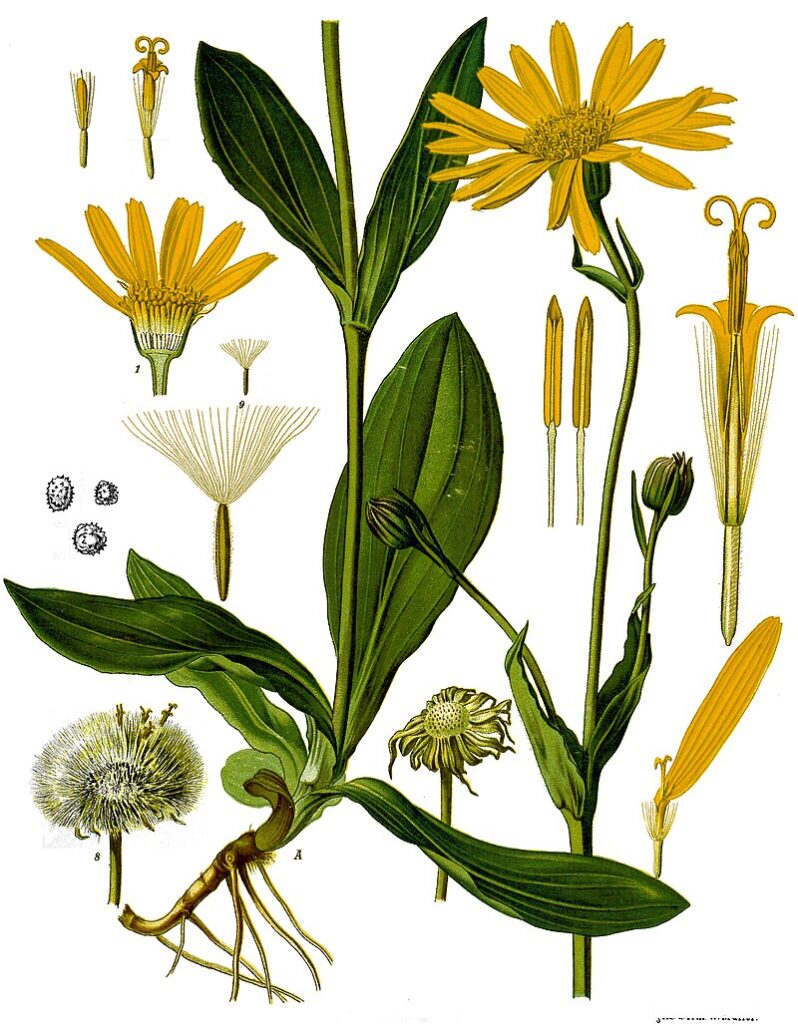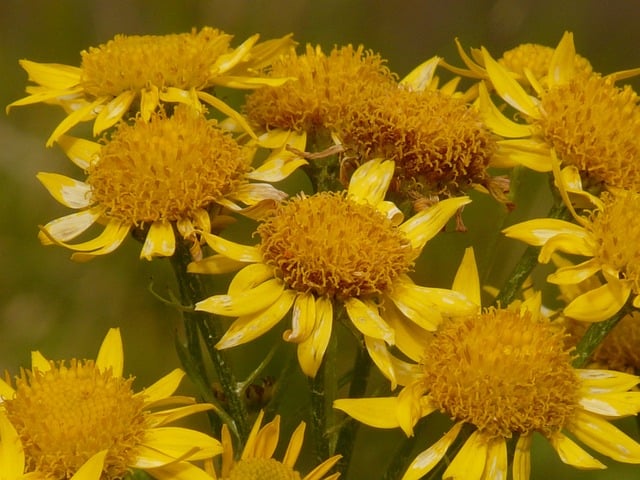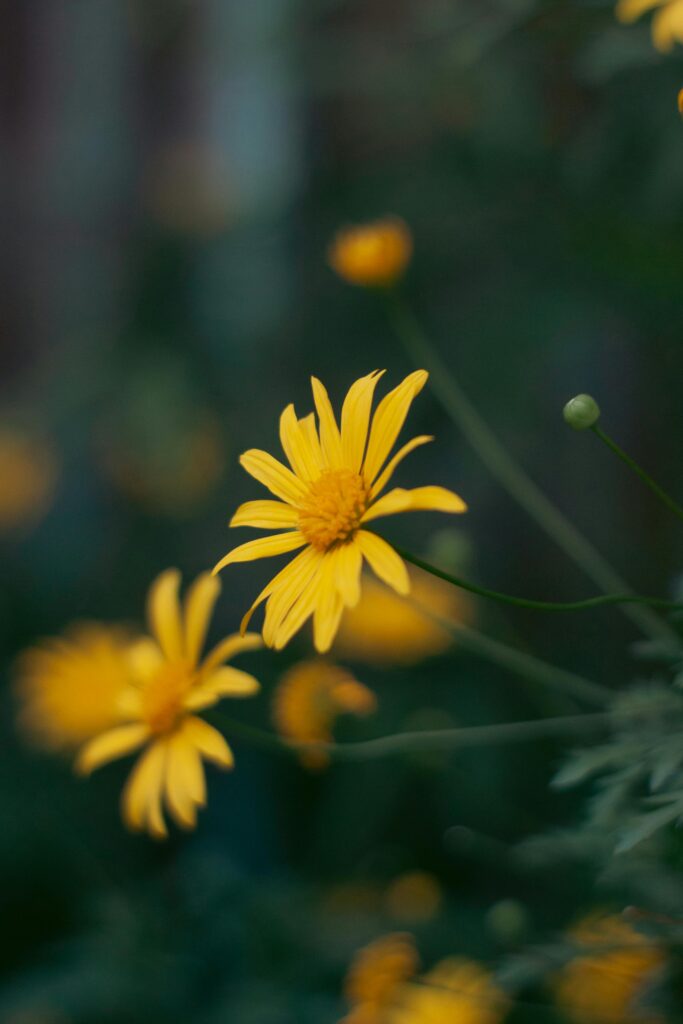Arnica: The Bruise Whisperer
Nestled in the rugged beauty of mountain meadows, Arnica stands as a golden emblem of natural resilience and healing. Honestly, that imagery is pretty fitting, considering what it’s good for.
With its daisy-like blooms and vibrant energy, Arnica has long been cherished as a remedy for physical aches and pains. Known as the “bruisewort” or “mountain daisy,” this herb is a trusted companion for adventurers, athletes, and anyone in need of a little extra care.
History of Arnica (Bruisewort)
Arnica’s name is derived from the Greek word arni, meaning “lamb,” likely referencing its soft, downy leaves.
This herb has been a staple in traditional European medicine for centuries, used by Swiss mountaineers to soothe sore muscles after long treks.
In folklore, Arnica was believed to have protective properties, warding off harm and ensuring safe travels.
Native to Europe and North America, Arnica’s healing properties have transcended borders and generations. It remains a staple in modern herbal medicine, celebrated for its ability to bring relief to the body’s bumps and bruises.

Medicinal Uses of Arnica
Arnica is a go-to remedy for physical trauma, making it a must-have in any herbal first aid kit. I keep a salve of it on hand, since I am incredible accident prone, and find more use of it than I care to admit.

Bruise and Swelling Relief: Arnica reduces swelling and discoloration, speeding up the healing process for bruises and sprains.
Muscle Soother: Its anti-inflammatory properties make it ideal for easing sore muscles and joint pain.
Pain Management: Arnica can help alleviate discomfort from minor injuries, such as strains, pulled muscles, or overexertion.
Post-Surgery Support: Often used in homeopathy, Arnica aids in reducing swelling and bruising after surgical procedures.
Anti-Inflammatory Ally: Arnica’s active compounds, like helenalin, work to calm inflammation and promote recovery.
How To Use Arnica
Arnica is best used externally due to its potency. Here’s how to safely incorporate it into your wellness routine:
Arnica Cream or Gel: Apply a thin layer to bruises, sore muscles, or sprains for immediate relief. Avoid using on broken skin.
Infused Oil: Create an Arnica-infused oil for gentle massage, perfect for soothing tired muscles. I use this oil to make my salve.
Compress: Soak a cloth in diluted Arnica tincture and apply it to swollen or bruised areas. I’ve only done this a couple times, but it has sped up the healing process! If you use this method, apply the compress throughout the day.
Homeopathic Remedies: Arnica is available in homeopathic forms, such as pellets, which can be taken internally under the guidance of a practitioner. I don’t take arnica internally, so if you do, make sure you are consulting someone, as it is not generally recommended for internal treatment.

How To Harvest Arnica
Arnica thrives in high-altitude regions with well-drained soil and plenty of sunshine. While it can be tricky to cultivate, its rewards are worth the effort. Here’s how to grow and harvest this healing herb:
- Plant Arnica in sandy, nutrient-rich soil with good drainage. It prefers cooler climates and full sun. When I was in Arizona, I could not grow it for the life of me.
- Harvest the flowers when they’re fully open, typically in late spring or early summer.
- Dry the blooms carefully in a warm, ventilated space, and store them in an airtight container away from light and moisture.
The Final Word
Arnica is a true testament to the power of nature’s remedies, and I would know, since I use it a lot. Whether you’re nursing a bruise, easing sore muscles, or recovering from a tumble (me), Arnica stands ready to lend its healing touch.
Is this your first time hearing of Arnica? Comment Below!


